?Are you wondering how often you should test your well water for safety in 2025?
How Often Should I Test My Well Water For Safety In 2025?
You rely on your well for drinking, cooking, and everyday household needs, so testing it regularly is important. This guide gives clear, practical testing schedules and actions you can take to keep your water safe throughout 2025 and beyond.
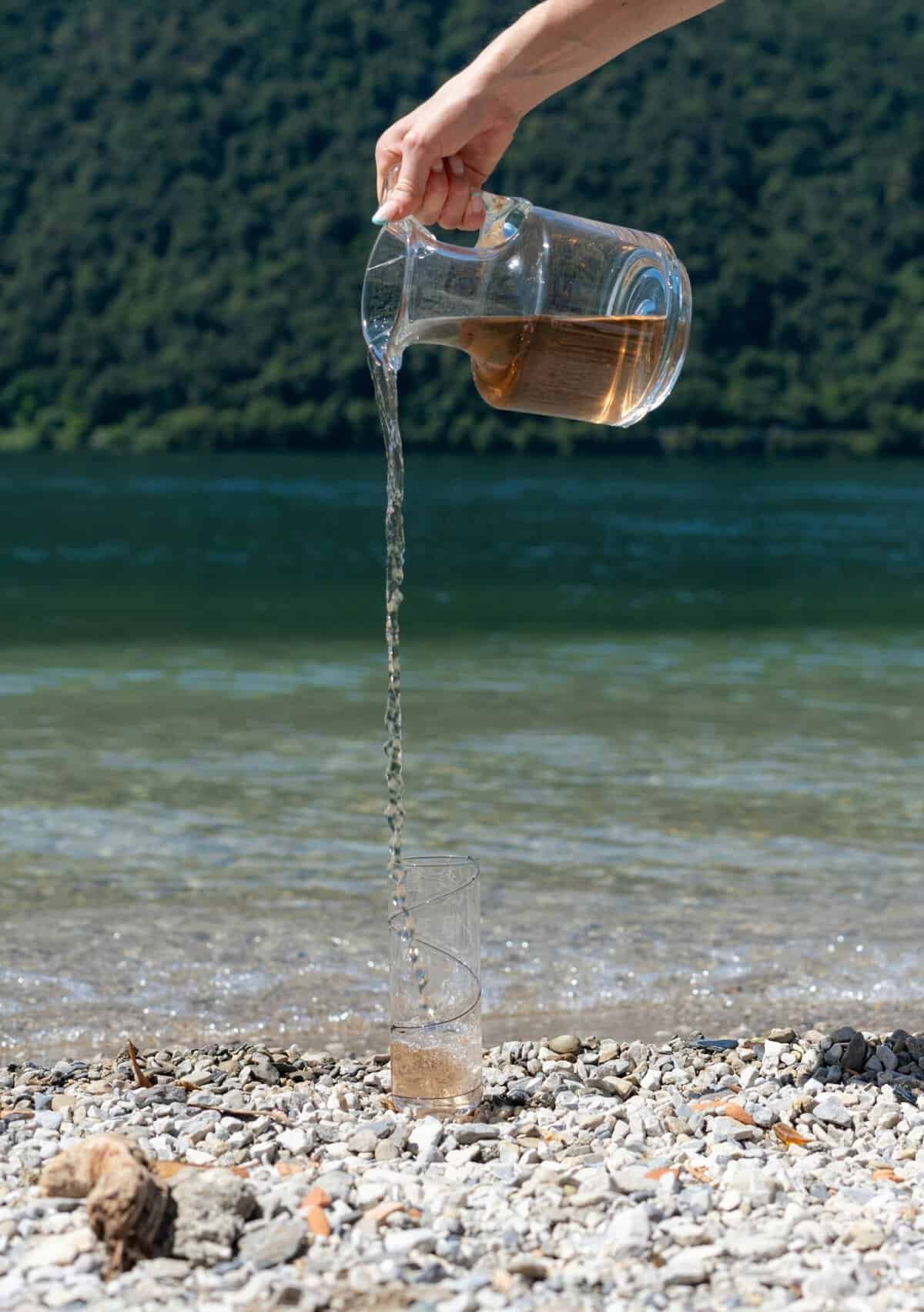
Why testing well water matters in 2025
Your well is a private water source and isn’t regulated by the Safe Drinking Water Act, so the responsibility for monitoring water quality falls to you. Regular testing helps you detect contaminants early, protect your family’s health, and make informed choices about treatment or repairs.
The basic recommended testing frequency
There isn’t a one-size-fits-all schedule, but there are widely accepted baseline recommendations that apply to most private wells. You should test certain parameters annually, others on a multi-year cycle, and additional testing after specific events or changes on your property.
- Test for total coliform bacteria and E. coli at least once a year and after any possible contamination event.
- Test for nitrates at least once a year, especially if you have infants, septic systems, or nearby agriculture.
- Test for major chemical contaminants like arsenic, lead, and VOCs every 3–5 years, or more often if you have known risks.
- Test for aesthetic and functional parameters (hardness, iron, manganese) every 1–3 years or when you notice changes.
Recommended testing schedule (quick summary)
You can use the table below to get a quick sense of how often to test common parameters. This is a general guide; tailor it based on local risks and household needs.
| Parameter | Recommended Frequency | When to test immediately |
|---|---|---|
| Total coliform & E. coli | Annually | After flooding, well repair, unexplained illness, or nearby septic failure |
| Nitrate/Nitrite | Annually | If you have infants, pregnant family members, or nitrate sources nearby |
| Lead | Once initially; then every 3–5 years | If you remodel, change plumbing, or notice corrosion |
| Arsenic | Every 3–5 years | If geology suggests risk or test shows elevated levels |
| VOCs (solvents, fuels) | Every 3–5 years | After chemical spills, new industrial activity nearby |
| Pesticides/herbicides | Annually if used nearby | Following heavy application seasons or runoff events |
| Radon in water | Every 3–5 years | If airborne radon is high in your home or region |
| PFAS | Every 1–3 years if suspected | Near industrial sources or known contamination sites |
| Hardness, iron, manganese | Every 1–3 years | If you notice staining, scale, or taste/odor changes |
Bacteria: why you test and how often
Testing for total coliform bacteria and E. coli should be part of your baseline testing once a year. Bacterial contamination is the most immediate health risk for private wells because it can cause gastrointestinal illness and may indicate fecal contamination in your well.
You should also test any time the well has been serviced, after heavy rains or floods, after a nearby septic issue, or if anyone in the household shows symptoms like vomiting or diarrhea. If you find E. coli, treat immediately and repeat testing until cleared.
Nitrate and nitrite: babies and pregnant adults need attention
Nitrate (NO3-) and nitrite (NO2-) are particularly dangerous for infants and pregnant people because they can interfere with oxygen transport in blood (methemoglobinemia). Agricultural fertilizer, septic systems, and manure are common sources.
Test annually if you have any potential nitrate sources nearby or if a baby or pregnant person is in the household. Test immediately after new land use changes, heavy fertilizer application nearby, or septic system problems.
Metals: lead, arsenic, iron, manganese
Lead and arsenic are health-significant metals. Test for lead at least once to know whether plumbing or fixtures are contributing contamination, and repeat every 3–5 years or after plumbing changes. Arsenic often comes from natural geology; test every 3–5 years or sooner if area geology indicates risk.
Iron and manganese usually affect aesthetics and appliances rather than acute health, but they can clog plumbing and stain. Test every 1–3 years or when you notice reduced water clarity, staining, or changes in taste.
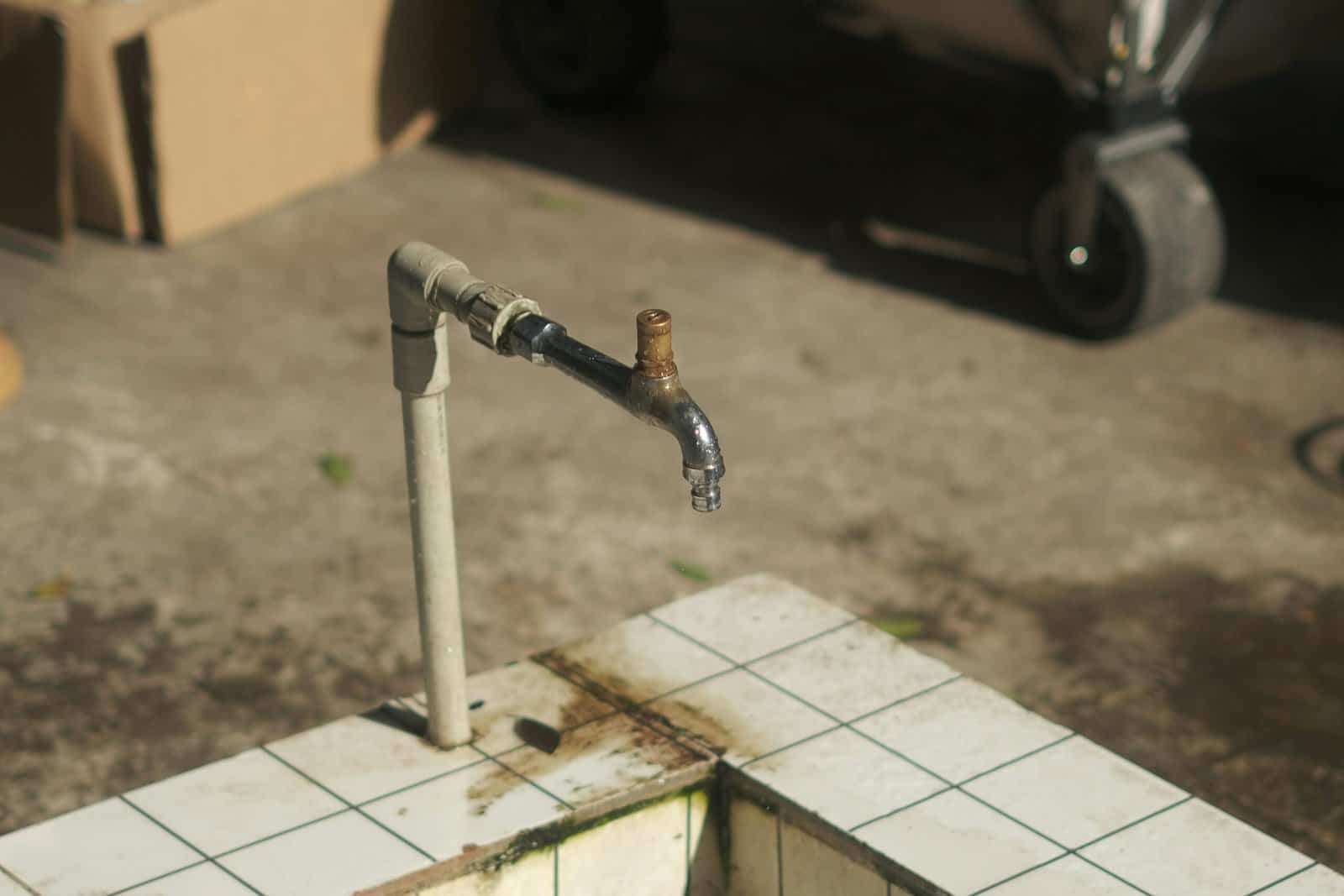
Volatile organic compounds (VOCs) and petroleum products
VOCs include solvents, degreasers, and fuel contaminants. If your property is near industrial sites, gas stations, leaking underground storage tanks, or heavy roads, test for VOCs every 3–5 years and immediately after suspected spills. These compounds can have long-term health risks and are often treated with activated carbon or air stripping.
PFAS and emerging contaminants
Per- and polyfluoroalkyl substances (PFAS) are persistent chemicals used in many industrial and consumer products. Testing for PFAS is becoming more common in areas with known industrial sources, firefighting foam usage, or military sites. If you suspect PFAS contamination, test every 1–3 years and consult state health resources for interim guidance.
Radon in water
Radon in water can be a concern when groundwater supplies withdraw radon that then becomes airborne in the home. Test for radon in water every 3–5 years in areas with known high radon, or when your home has elevated indoor air radon levels. Treatment usually involves aeration systems.
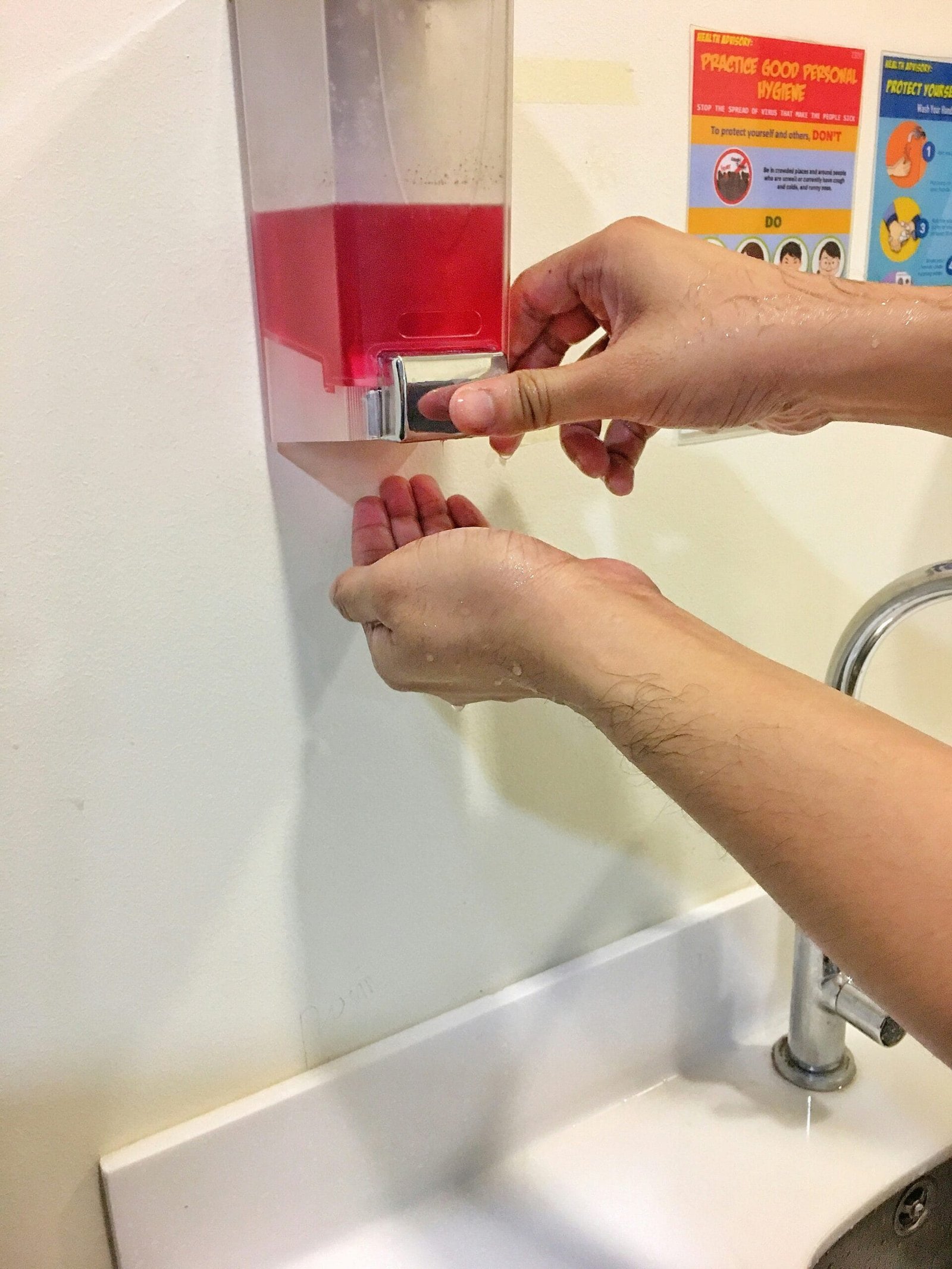
Testing after specific events
Some incidents require immediate testing. The most common triggers are flooding, hurricane or heavy storms, well casing damage, nearby septic failures, well construction or repair, changes in taste/odor/color, and unexplained illness. When any of these occur, test promptly for bacteria, nitrates, and any suspected chemical contaminants.
How to collect a proper sample
Collecting a proper sample is essential to get reliable results. Use the sterile sample bottles provided by your testing lab and follow their instructions precisely. Flush the tap for a few minutes, collect the sample from a cold water tap that doesn’t have filters attached, and avoid touching the inside of the bottle or lid.
Label the bottle with your name, address, sample date/time, and sample location. Keep the sample cool and deliver it to the lab within the recommended time window (usually 24 hours for bacterial samples). If you’re arranging a real estate transaction, request chain-of-custody procedures from the lab.
Types of samples and handling (table)
This table summarizes common sample types and handling tips.
| Sample Type | Bottle Type | Handling | Typical Turnaround |
|---|---|---|---|
| Bacteria (Total coliform, E. coli) | Sterile, single-use bottle | Collect cold water, no disinfectants, deliver within 24 hours | 24–48 hours |
| Nitrate/Nitrite | Clean bottle with preservative if supplied | Avoid contamination; deliver within 48 hours | 1–3 days |
| Metals (lead, arsenic) | Acid-washed bottle (lab-supplied) | Use provided bottle; may require preservation | 3–7 days |
| VOCs | Glass vial with Teflon-lined cap | Fill without air bubbles; refrigerate; deliver quickly | 1–7 days |
| PFAS | PFAS-free container | Use specialized lab-supplied bottles to avoid contamination | 1–2 weeks |
| Radon in water | Special glass vial | Lab will provide instructions; typically must be shipped same day | 3–7 days |
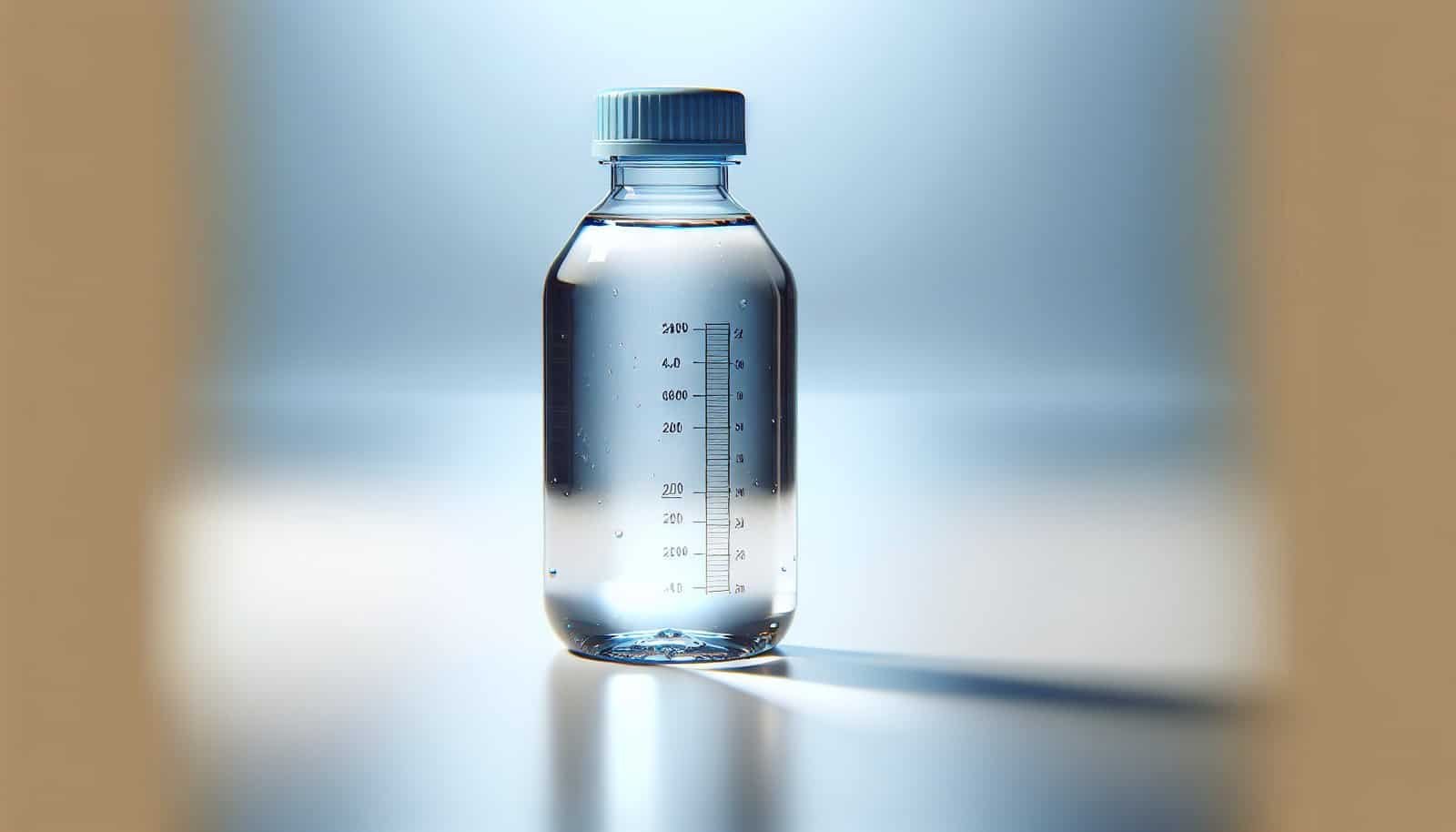
Choosing a lab and testing methods
Select a lab certified by your state or an accredited lab that follows EPA-approved methods. State public health or environmental labs often offer reliable testing at reasonable prices. When you contact the lab, ask about sample containers, shipping instructions, detection limits, turnaround time, and whether they provide guidance interpreting results.
For real estate transactions or regulatory needs, request chain-of-custody documentation. For ongoing monitoring, your state health department or cooperative extension service can recommend labs and testing packages.
Interpreting test results
Lab reports will list detected concentrations and compare them to standards. For federally enforceable standards, the EPA sets maximum contaminant levels (MCLs) only for public systems; private wells don’t have federal enforcement, but EPA MCLs and health advisories provide useful benchmarks.
Understand these terms:
- Detection limit: lowest concentration the lab can reliably detect.
- MCL (or health advisory): levels at or above which you should take action.
- Action level: a guideline for when treatment or remedial action is recommended.
If your results exceed health-based guidelines, act promptly: stop using the water for drinking and cooking, use bottled water or an alternative source, and consult your local health department for next steps and treatment options.
What to do if bacteria are present
If your test shows total coliforms or E. coli, don’t drink the water. Boil water for at least one minute to kill bacteria, or use bottled water for drinking and brushing teeth. Disinfect the well (shock chlorination), then retest after treatment. Persistent or repeated bacterial contamination may indicate a well structural problem that needs professional inspection and repair.
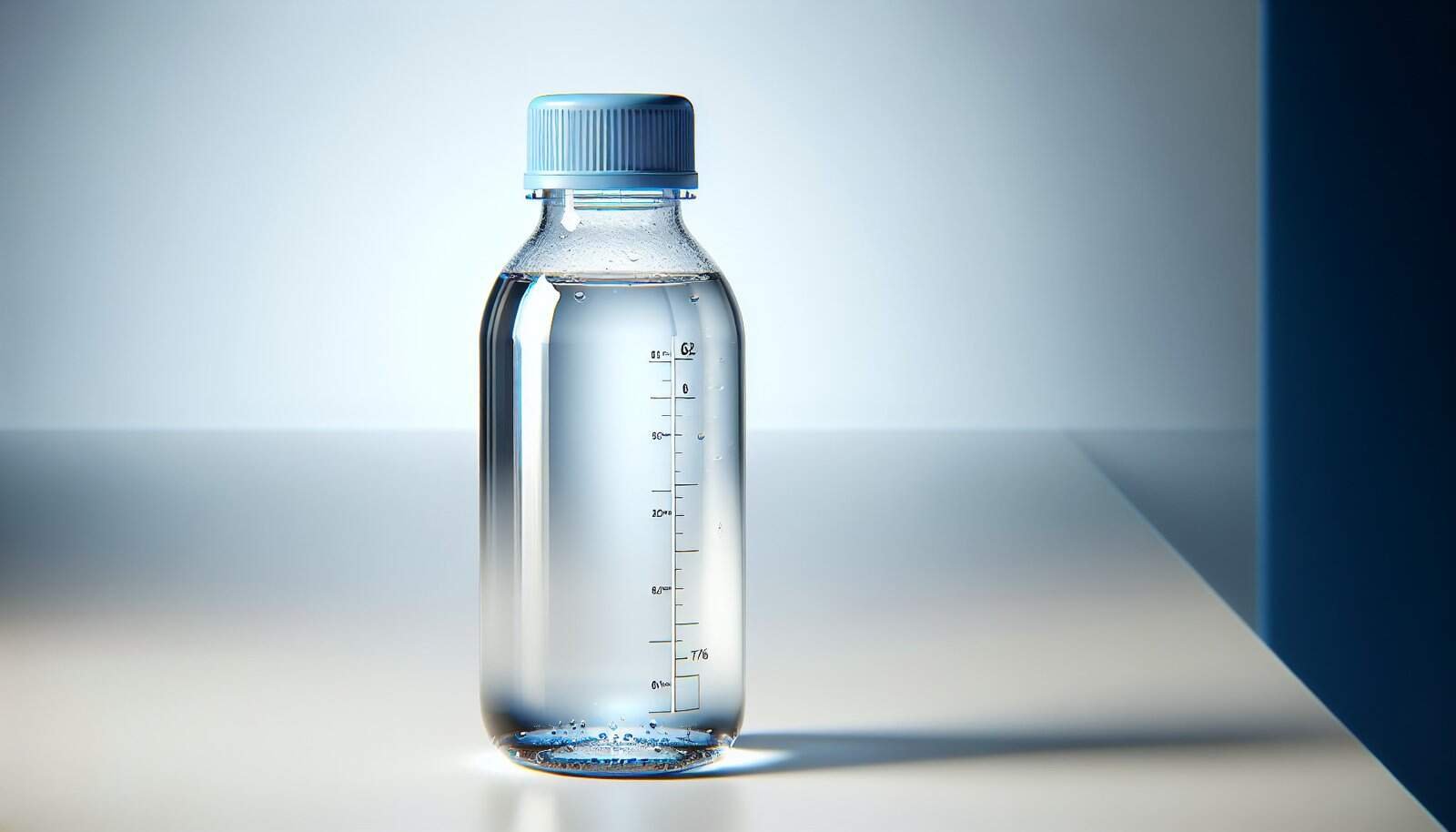
What to do if nitrates are high
If nitrates exceed recommended limits, do not use the water for infant formula or for infants under six months. For short-term solutions, use bottled water. Long-term treatment includes reverse osmosis, ion exchange, or connecting to a safer water source. Investigate nearby nitrate sources and consider changes to land use or septic maintenance.
Addressing metals and chemicals
If lead or arsenic exceeds guidance levels, avoid using the well for drinking and cooking until you’ve installed appropriate treatment (e.g., reverse osmosis, distillation, or specific adsorption systems) and retested. For VOCs and PFAS, activated carbon filters, reverse osmosis, or air stripping (for VOCs) may be effective depending on the compound.
Common treatment options (table)
This table summarizes typical treatments and what they address.
| Treatment | Effective For | Notes |
|---|---|---|
| Shock chlorination | Bacteria | Temporary; may require repeated treatments and repairs |
| UV disinfection | Bacteria | Requires pre-filtration and electricity; no chemical residual |
| Reverse osmosis (RO) | Nitrates, lead, arsenic (partial), PFAS (partial) | Point-of-use RO best for drinking water; whole-house RO is costly |
| Activated carbon (GAC) | VOCs, some PFAS, taste/odor | Effectiveness depends on compound and carbon type |
| Ion exchange | Nitrates, hardness | Requires regeneration with salt or KCl |
| Aeration | Radon, some VOCs | Air strip systems remove gases from water |
| Water softener | Hardness (calcium, magnesium) | Not for removing nitrates, bacteria, or many chemicals |
Maintaining your well to prevent problems
Routine well maintenance reduces the risk of contamination. Keep the area around the wellhead clean and free of chemicals or fuel storage. Maintain proper distance from septic systems, livestock areas, and chemical storage. Inspect the well cap and casing annually for cracks and signs of deterioration, and have a professional service the pump and electrical components as recommended.
Seal unused wells and remove old, abandoned wells properly to prevent surface water infiltration. Keep records of maintenance and repairs.
Local, state, and federal resources
Your state health department, state environmental agency, or county extension office can provide testing recommendations, lists of certified labs, and regional contamination alerts. The EPA provides general guidance for private well owners, but states often have the most actionable local information. Contact local agricultural extension services for sources of nitrate or pesticide contamination in your area.
Costs and budgeting for testing and treatment
Testing costs vary widely depending on the number of parameters and whether you use a private lab or state lab. Basic bacteria tests are usually inexpensive, while comprehensive panels (metals, VOCs, PFAS) cost more. Treatment systems can range from a few hundred dollars for point-of-use filters to tens of thousands for whole-house systems.
| Item | Typical Cost Range (USD) |
|---|---|
| Bacteria test (total coliform/E. coli) | $20–$75 |
| Nitrate test | $20–$75 |
| Metals panel (lead, arsenic, etc.) | $75–$300 |
| VOCs panel | $100–$500 |
| PFAS testing | $400–$800+ |
| Point-of-use RO system | $200–$2,000 |
| Whole-house filtration/treatment | $1,000–$20,000+ |
| Well shock chlorination (DIY) | $50–$200 |
| Professional well inspection/service | $150–$500+ |
Plan your testing budget in your annual home maintenance plan. Prioritize the tests that address the most significant health risks first.
Special populations: infants, pregnant people, and immunocompromised family members
If someone in your household is an infant, pregnant, elderly, or immunocompromised, you should test more frequently and consider point-of-use treatment for drinking and cooking water. These groups are more vulnerable to bacterial and chemical exposures, and even low-level contamination can present increased risks.
Real estate transactions and new wells
When buying or selling a home with a private well, test the water as part of the due diligence process. Lenders and local authorities may require bacterial and nitrate tests, and many buyers choose to test for a broader panel. If you’re drilling a new well, test soon after development and then follow the same annual and periodic testing schedule.
Seasonal considerations for testing
Seasonal changes can affect water quality. Spring thaw, heavy rains, and flooding can introduce contaminants, so schedule bacterial tests after major runoff or flooding events. In dry seasons, lower groundwater levels can concentrate contaminants; check nitrates and metals if you notice unusual taste or discoloration.
Record keeping and scheduling
Keep a log of every test, including date, lab name, and results. Record maintenance, repairs, and any events that could affect water quality (flooding, construction, nearby chemical use). Set annual reminders to run baseline tests and mark multi-year tests on a calendar. This history helps you spot trends and provides documentation if you need to consult health officials or a water treatment professional.
Practical checklist for 2025 testing
Use this checklist to plan your 2025 testing:
- Test for total coliform and E. coli at least once this year.
- Test for nitrates annually, especially if you have infants or nearby agriculture.
- If you haven’t tested for arsenic or lead in the last 3–5 years, schedule those tests.
- If you live near industrial sites, military bases, or areas with firefighting foam use, consider PFAS testing.
- Test after any flooding, well repair, or unexplained illness in your household.
- Keep records of all results and maintenance actions.
Frequently asked questions (FAQs)
You should expect some common questions about well testing. The answers below provide quick guidance for immediate concerns.
Q: How soon after a flood should I test my well?
A: Test as soon as possible for bacteria (within days) and again after any disinfection steps. Also test for nitrates and any chemicals you suspect might have entered the system.
Q: Can I use bottled water while waiting for test results?
A: Yes. Use bottled water for drinking, cooking, and especially for infants until you confirm the water is safe.
Q: How do I know if my lab is reliable?
A: Choose a lab certified by your state or accredited to use EPA-approved methods. Ask for references and check with your state health department for a list of certified labs.
Q: What if only one contaminant is above guidelines?
A: Follow immediate protective measures (stop drinking), then consult local health officials and a treatment professional. Sometimes a single targeted treatment solves the problem; other times you may need broader remediation.
Q: Do I need to test for everything every year?
A: Not usually. Focus on annual priorities (bacteria, nitrates) and schedule others on a multi-year cycle unless local conditions suggest more frequent testing.
When to call a professional
If you have persistent contamination, structural damage to the well, complicated treatment needs (e.g., multiple contaminants), or legal/real estate issues, call a licensed well contractor or water treatment specialist. They can evaluate well construction, hydrogeology, and recommend long-term solutions.
Taking action: step-by-step if you get an unsafe result
- Stop using the well for drinking and cooking; use bottled water or a safe alternative.
- Contact your local health department for guidance and to report results.
- Confirm results with a follow-up sample or second lab if necessary.
- Identify likely contamination sources (septic, agriculture, spills, well casing).
- Pursue immediate treatment (boil water advisory, bottled water, shock chlorination) while planning long-term solutions.
- Install appropriate treatment systems and retest after installation.
- Keep a record of tests, actions, and repairs.
Final thoughts for 2025
As a well owner, you have an important role in protecting your household’s water. Make testing a routine part of home maintenance, prioritize annual bacteria and nitrate checks, and tailor multi-year testing to local risks. Regular sampling, proper sample collection, and timely action if problems are detected will help you keep your water safe and your family healthy.
If you want, I can help you make a printable 2025 testing calendar tailored to your property risks, recommend next steps based on specific test results, or locate certified labs in your state. Which would you like to do next?
